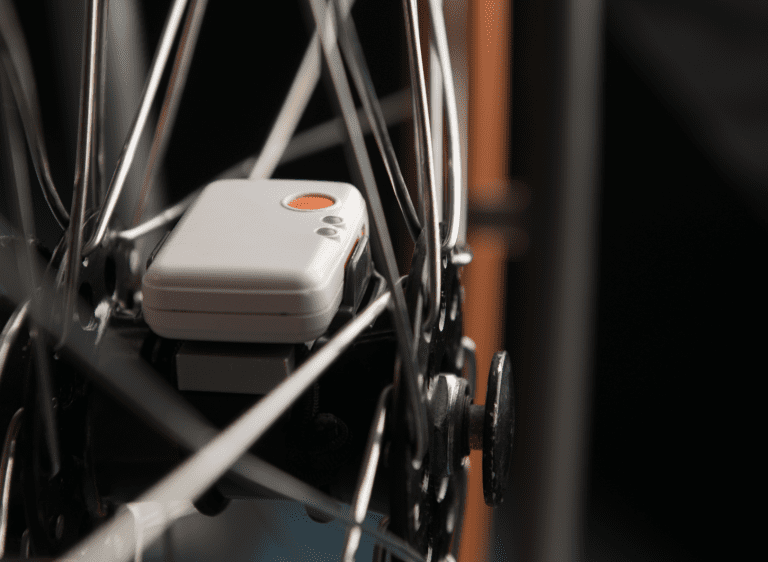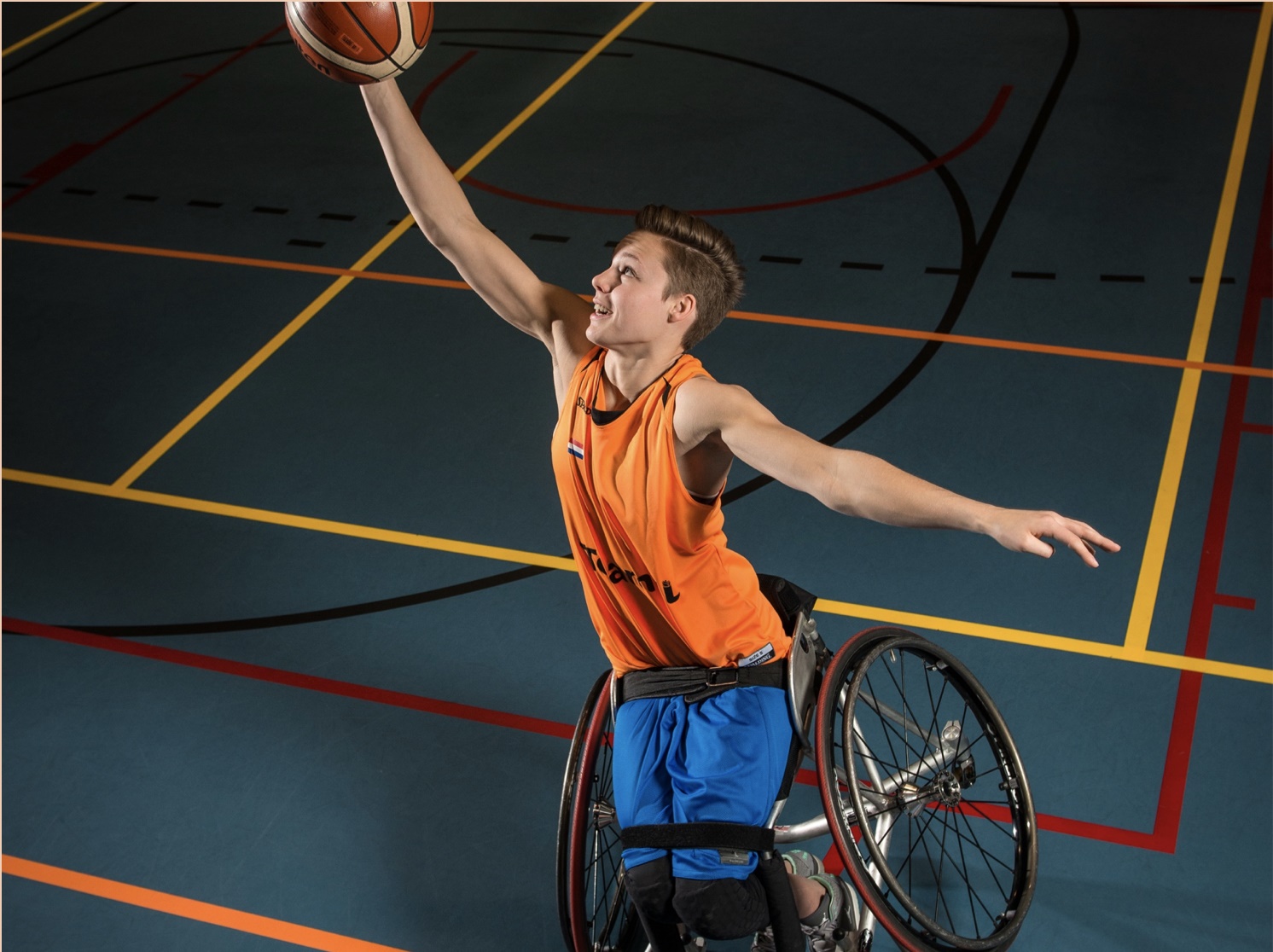What is the distance covered during a wheelchair sport match? What speed and acceleration does the athlete achieve? These questions can now be answered through a measurement method developed by Rienk van der Slikke.
Van der Slikke’s methodology can be used in all kinds of wheelchair sports, such as tennis, rugby, hockey and even wheelchair racing. (Photo: Bo Kramer)
Rienk van der Slikke had been working with inertial sensors to monitor daily activities. This experience pushed him to pursue a PhD at TU Delft where he applied the same technology for a whole different purpose: to measure individual wheelchair performance in sports.
After four years of research, he has developed a new measurement technique to quantify the mobility performance of wheelchairs. It works with three inertial sensors placed on the wheelchair, one on each wheel and one on the frame. The sensors record information regarding speed and direction.
Van der Slikke’s technique measures the athlete’s performance and the impact of the wheelchair. “The wheelchair is like an extension of the athlete’s body, but its characteristics also affect the performance”. For example, a higher seat can make the athlete slower while a specific weight distribution can help turn faster.
‘The perfect wheelchair does not exist, but the perfect wheelchair-athlete match may’
The information collected by the sensors allows us to understand how the physical limitations of individual athletes affect their performance. These data can help optimally configure the wheelchair. For example, in basketball, customising the seat position is critical. Each athlete needs to find the balance between sitting as high as possible to reach the basket but low enough to be fast.
The sensors can also monitor a whole team during training sessions and matches. This information can help design better training plans that fit both the real challenges of the sport and the athlete, and improve performance and avoid overload injuries.
 The Dutch Tennis Federation bought sensors that will be used to monitor elite athletes. (Photo: marchollander.nl)
The Dutch Tennis Federation bought sensors that will be used to monitor elite athletes. (Photo: marchollander.nl)Van der Slikke discovered for instance that Dutch wheelchair basketball teams were training at maximum speed, but they never needed this velocity during matches. The information recorded by the sensors helped them adjust their training to concentrate on more important skills such as acceleration or turns, instead of speed.
The final goal of van der Slikke’s research is to have ‘a more inclusive society’. If you are able to understand each athlete’s limitations, you can compare them and adjust the regulations to make sports fairer. “You can then have as many athletes as possible in one class, which is beneficial for the sport and the audience as well.”
The research carried out by Van der Slikke during his PhD was part of a bigger project called ‘the perfect sports wheelchair’, that focused on improving the performance of the athlete-wheelchair combination. Van der Slikke worked closely with Annemarie de Witte, PhD candidate at the Faculty of Human Movement Sciences of VU Amsterdam, who focused on the athlete instead of the wheelchair. “There is no perfect wheelchair, but I think there can be a perfect match”.
Rienk van der Slikke, Out of the lab, onto the court, PhD supervisor DirkJan Veeger, Faculty of 3mE, May 25, 2018.
Maria Rubal / science editor



Comments are closed.